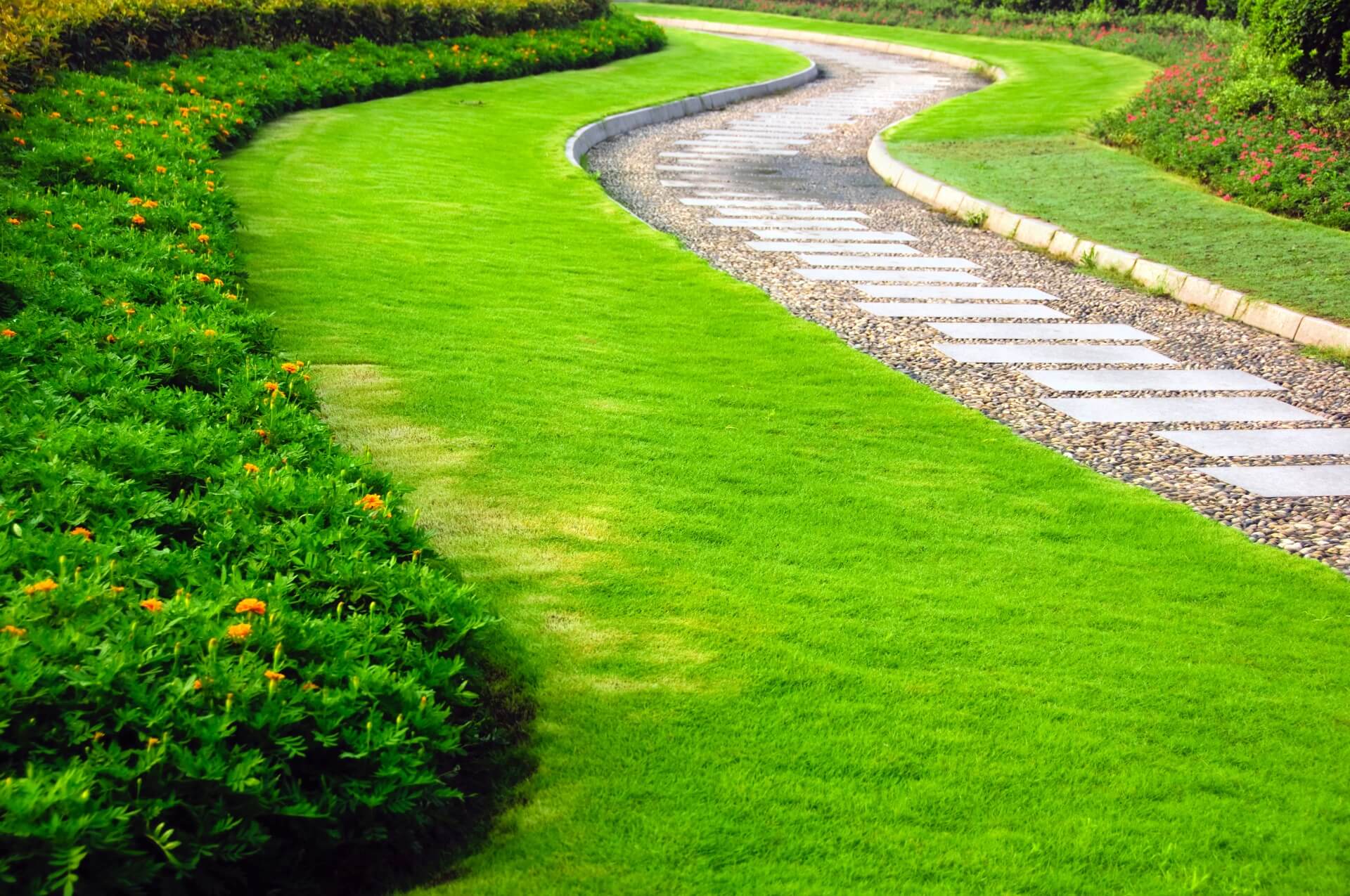Scottish cobbles: The ultimate low-maintenance pathway


Scottish cobbles typically come from the beaches of the Scottish Highlands and Islands. They are usually neat and rounded in shape, due to the natural weathering process they go through living among Scotland's wild seas. These pebbles are usually light in colour and display a range of grey and beige hues.
Scottish pebbles are known for being among the roundest and smoothest in the whole of Europe and are therefore popular as a paving solution across the continent.
Create a natural contrast in your garden
Many garden enthusiasts love Scottish pebbles because they create a very pleasing natural contrast with greenery. Use them to create a pretty pathway through a grassy lawn or use them on top of soil for a path that really stands out.
Experience the sounds of walking on the beach
Not only do Scottish pebbles look great, but those that choose to install them also love the sound of walking on beach cobble. The distinctive crunching sound when you walk along your Scottish cobbled pathway is synonymous with walking on wild stony beaches. It is therefore a great way to add a little bit of natural drama to your garden path.
Permeable with water
Another reason Scottish cobbles are such a great choice for pathways is that they create a natural, effective draining system. Water naturally becomes absorbed among the stones and drains out easily. It can therefore help to keep your surrounding grassy areas and plants naturally moist and fed.
There is also no need to wash your Scottish cobbles yourself. As water can run so easily between the stones, this also works as a natural cleaning process. This makes Scottish cobble an excellent alternative to other paving materials, such as decking, tiles or concrete; each of which need to be regularly washed and tended to in order to keep them in their best shape.
Natural movement
Another reason that Scottish cobbles are so easy to maintain is that they move naturally. This is a completely flexible approach to paving, and the stones adapt naturally with natural earth movement. While other forms of paving, such as decking and tiling, may crack after time, but Scottish cobbles will simply move around freely.
Simple and instant installation
Put simply, Scottish cobbles don't require any installation. You simply dig a small trough to carve out your pathway, then create a border using bricks, tiles or wood, which will hold the Scottish cobbles in place. Then, you pour the Scottish cobbles into the pathway area until it is filled up. You don't need to prepare the stones or use any form of adhesive. It really is that simple!
Scottish cobbles create an instant, low maintenance path for just about any garden. Ideally purchased as a bulk bag, Scottish cobbles can create a well-defined pathway in a short space of time.

Suitable for various styles
In conclusion
To conclude, Scottish cobbles are the ultimate low maintenance pathway material. They are fairly cheap to buy, they don't require washing or upkeep, they're easy to install, and they look great too.
If you would like to buy Scottish cobbles, you can do so on our decorative aggregates page. Here you can choose from a variety of garden stones, which are ideal for a range of purposes. It is advisable to get the advice of a surveyor before you decide what quantity of Scottish cobbles to buy. As a rough guide, one tonne of Scottish cobbles covers an area of approximately eight to ten metres squared. You will need to fill a good few layers of Scottish cobbles to withstand human weight and to avoid gaps forming between the stones as they move.
If you would like any free advice, please give us a call. We'd be happy to tell you more about how you can use Scottish cobbles to create the ultimate low-maintenance garden path.








